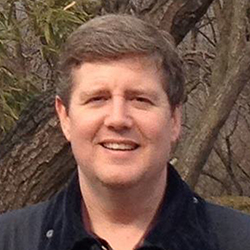
I am involved with multiple X-ray observatories, including leading Arcus, a proposed $250M NASA Explorer satellite (http://www.arcusxray.org) as well as representing the US astronomical community to ESA for the Athena X-ray Observatory. My research focuses on processes in the interstellar medium and on maintaining an atomic database (AtomDB) that is used throughout the field to model the spectra of hot collisional plasmas. I study the formation and composition of interstellar grains as revealed by X-ray scattering, the origin of the soft X-ray background, including both the local hot bubble and solar wind charge exchange, the origin of mixed-morphology supernova remnants from both observational and theoretical modeling, and ISM studies via absorption spectroscopy of X-ray binaries. I also work on other topics involving X-ray spectroscopy, including studying accretion processes in symbiotic stars and other compact sources.
My original training was as a theorist, working on hydrodynamic models of the interstellar medium and making predictions about the X-ray emission from various hot structures. After Chandra and XMM-Newton launched in 1999, I started to apply my theories directly to to the new data they made available. At the same time, I decided a major overhaul of calculations of the X-ray emission spectrum from a hot gas was needed, leading to a long-term project to develop and maintain AtomDB, the field’s leading database of rates and emission lines for X-ray astronomy.
I arrived at SAO in 2008 after spending five years at NASA’s Goddard Space Flight Center supporting the Suzaku and XMM-Newton missions, and working on proposals for the Astro-H and Constellation-X missions. My primary duty at SAO was to support the development of the Constellation-X mission proposal (and shortly thereafter the International X-ray Observatory, IXO) to the 2010 Astronomy and Astrophysical Decadal Review. Although not selected, IXO's scientific power recommended it to ESA who selected Athena as their next big X-ray observatory with many of IXO's capabilities, and I was selected by NASA to act as the US representative. Since then, I have also led the Arcus proposal that would provide an X-ray grating spectroscopy satellite to the community, a key component of IXO left out of the Athena mission.




